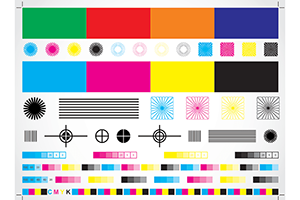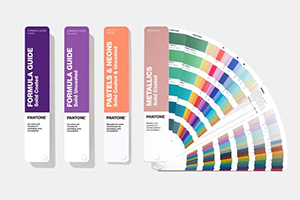Introduction to CMYK in Printing
Have you ever invested countless hours into crafting a stunning design, only to be disheartened when the printed packaging falls short of the vibrant hues on your screen? For business owners and designers alike, this heart-sinking moment is far too familiar. The unsung hero behind consistent, eye-catching results in the printing realm is the CMYK color model, a vital force that powers the creation of rigid boxes and all forms of packaging.
Wondering what CMYK means in printing and why it’s a transformative tool for packaging buyers and managers? Let’s embark on a journey through the printing color process, where we’ll unlock the secrets to ensuring your designs burst with the same vivid energy on paper as they do digitally.
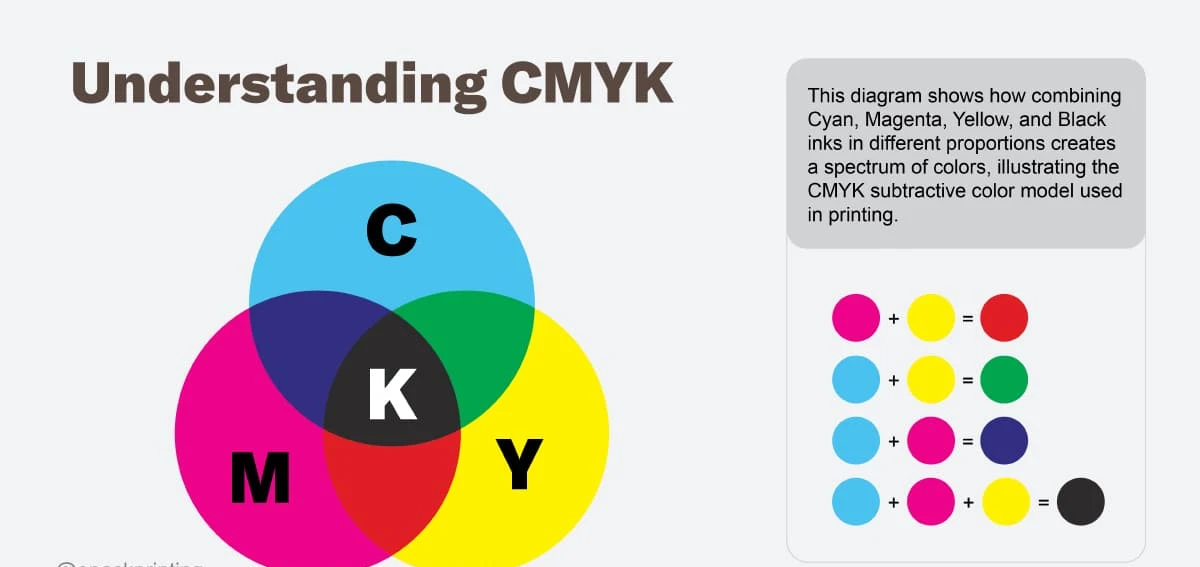
Dive deeper, and you’ll discover that CMYK excels in delivering precision and consistency, a cornerstone for maintaining brand identity across various products. Its subtractive process mirrors how ink interacts with paper, offering a truer depiction of colors compared to the screen-based RGB model, thus preventing jarring mismatches.
Moreover, this model is not only economical—reducing ink usage for cost-effective digital printing—but also remarkably versatile, seamlessly adapting to diverse materials like corrugated packaging and labels. However, while it shines in many areas, it’s worth noting that CMYK has a narrower color range, and conversions from RGB might cause subtle shifts, a detail designers must navigate carefully. Ultimately, understanding this powerful tool ensures your packaging doesn’t just meet expectations but captivates with unwavering accuracy.
Why Should You Care About CMYK in Printing?
Imagine pouring weeks into perfecting a design for your corrugated boxes, envisioning a striking, shelf-stealing masterpiece. Yet, when the printed product lands in your hands, the hues are dull, almost drained of spirit. Why the mismatch? Digital screens and printers operate in entirely different color realms. This is where the CMYK printing process steps in as your vital link, seamlessly translating vibrant digital visions into tangible brilliance.
Representing Cyan, Magenta, Yellow, and Key (Black), CMYK is a subtractive color model tailored for the physical realm of ink and paper, distinct from the additive RGB model of glowing screens.
For packaging professionals, embracing this four-color printing technique is essential—it guarantees that your brand’s vivid identity pops on retail displays. Overlook it, and you flirt with inconsistent branding or dissatisfied clients.
Moreover, CMYK aligns with sustainability by supporting digital printing methods that cut waste through just-in-time production, a boon for eco-conscious goals in packaging. Additionally, it ensures durability, as advanced technologies deliver prints that withstand the rigours of handling and storage.
Beyond resilience, CMYK offers unmatched flexibility, enabling swift customisation for personalised branding or targeted campaigns. Importantly, it upholds brand compliance by providing consistent colour reproduction, a critical factor in regulated sectors. With recent technological leaps, the process now boasts sharper resolutions and swifter turnaround times, making it ideal for both high-volume runs and smaller batches. Ultimately, as we delve deeper, it’s clear why this method remains the cornerstone of impactful packaging design.
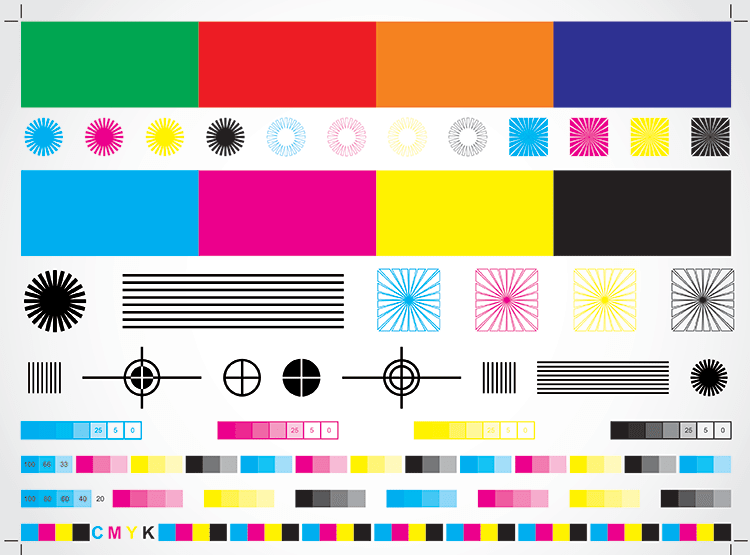
Decoding CMYK: What Is It Really?
At its core, CMYK is like a secret formula for blending inks to splash an array of vibrant colours across paper. Each element—Cyan (a striking blue), Magenta (a vivid pink), Yellow (a cheerful burst), and Key (often black to add shadow and depth)—takes centre stage in this process. Within the CMYK colour model, these inks are meticulously layered on a white surface, absorbing light to form new tones, akin to an artist mixing paints on a palette. This clever print colour separation technique underpins both offset and digital printing standards, guaranteeing that your packaging designs dazzle with flawless precision.
Moreover, its roots trace back to the 19th century, with significant refinement in the early 1900s when four-colour inks became a game-changer for consistency. Whether it’s a sophisticated box or a vibrant flyer, CMYK transforms your creative ideas into tangible brilliance with remarkable accuracy.

Beyond its technical magic, CMYK’s brilliance lies in its alignment with human colour perception, tapping into how our eyes interpret reflected light to create visually captivating and emotionally resonant designs. The process also relies on halftoning, a method of printing tiny dots at varying densities to mimic countless shades from just four inks, though challenges like dot gain—where dots spread during printing—require careful calibration for perfect results.
Additionally, modern colour profiling ensures that printers and paper types harmonise with CMYK inks, predicting and fine-tuning outputs for consistency. Environmentally, the shift towards eco-friendly inks, such as those derived from soy, reflects a commitment to sustainability in the packaging world. Thus, from its historical evolution to its practical application, CMYK stands as a cornerstone of printing innovation, seamlessly bridging creativity and precision.
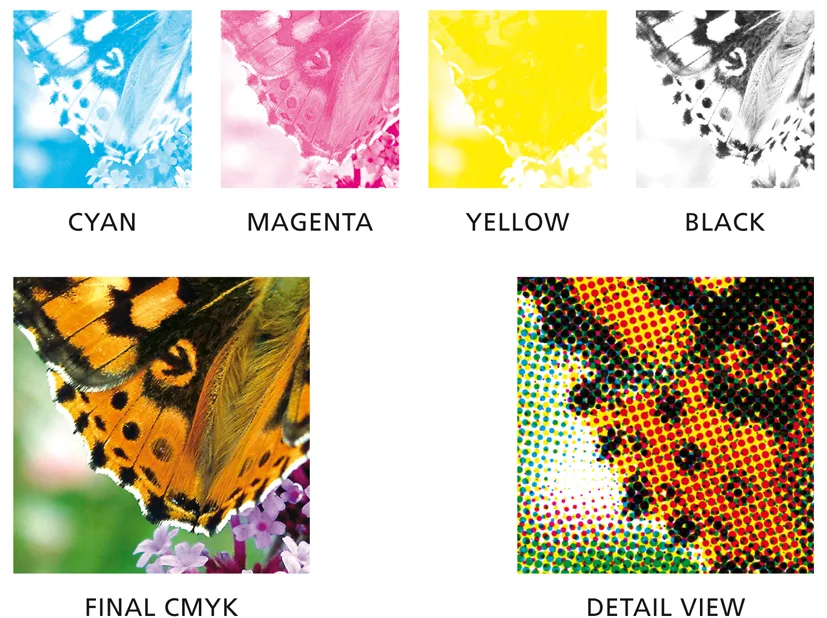
How Does the CMYK Printing Process Actually Work?
Embark on a vibrant exploration of the CMYK printing process steps. Picture a flawless white sheet of paper, a pure canvas that mirrors all light. The printer delicately places tiny dots of cyan, magenta, and yellow inks in complex patterns, blending like dancers to soak up specific light wavelengths and craft new hues—imagine cyan and yellow uniting to form a lively green. The “Key” black ink joins the performance, adding depth and contrast to avoid a dull blur, ensuring true dark tones and crisp details.
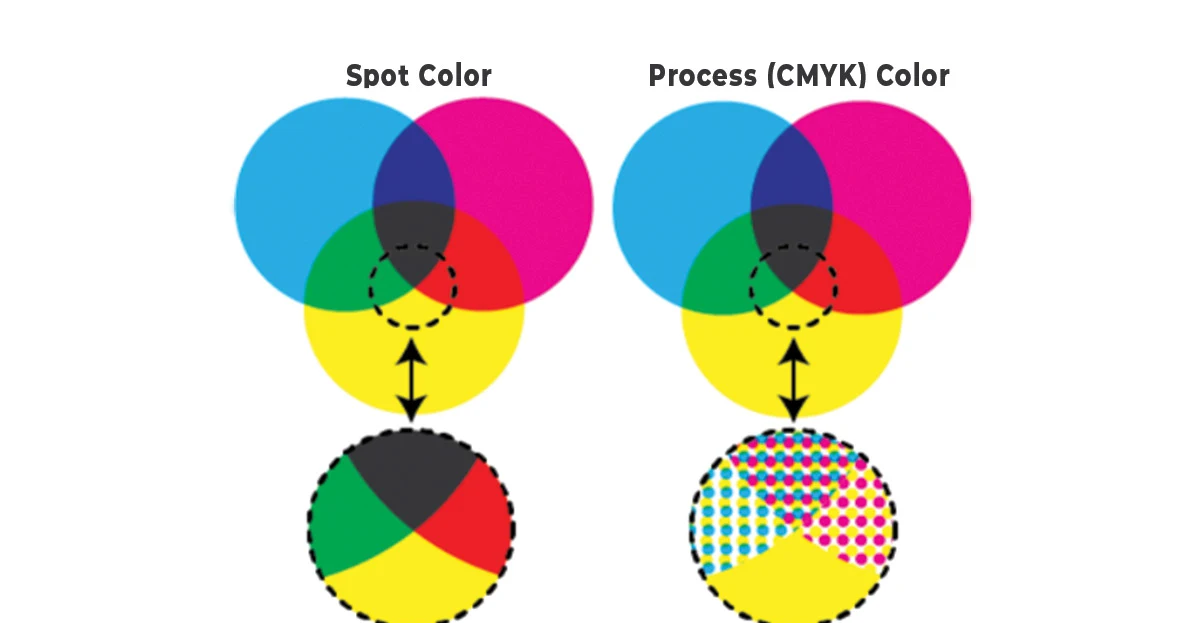
Renowned as four-color printing, this technique often employs halftone screening, with carefully angled dots—such as 45° for cyan or 15° for black—tricking the eye into perceiving a seamless, vivid image. Moreover, the paper itself plays a role; coated surfaces enhance vibrancy, while absorbency and texture subtly shift the result. From rigid boxes to glossy brochures, this method, guided by precise colour management like ICC profiles, ensures unwavering consistency across every printed piece.
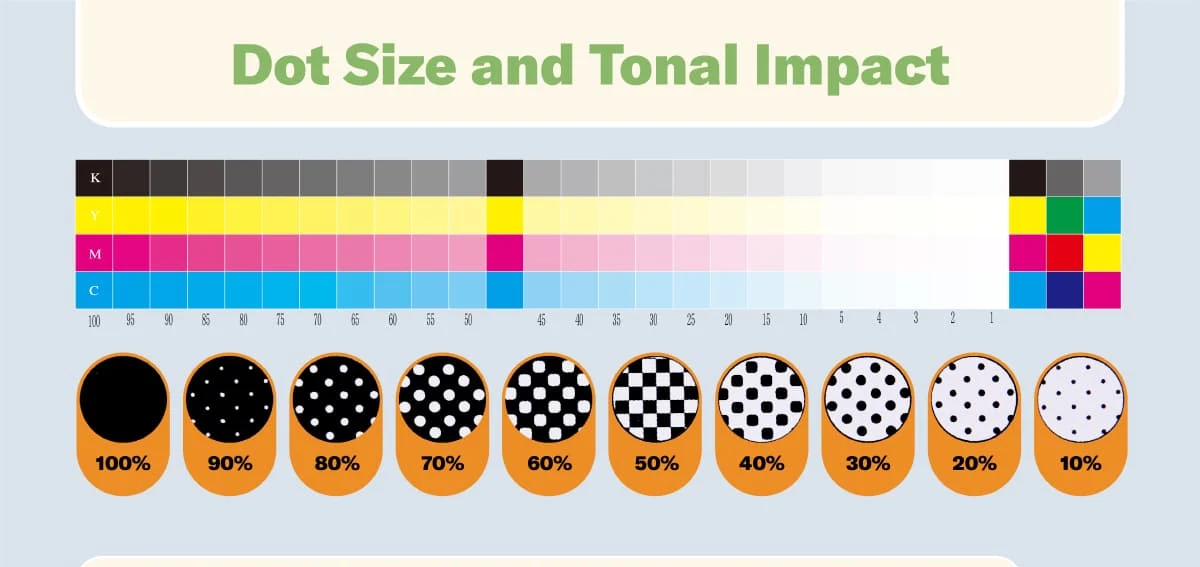
A Quick Peek at CMYK Printing Steps
- Colour Separation: Sophisticated software dissects your design into four distinct components (C, M, Y, K), ensuring pinpoint accuracy for the printing process.
- Plate Preparation: In offset printing, each colour is assigned a unique plate or digital template, a method refined by digital prepress systems for flawless precision.
- Ink Application: Layers of ink are meticulously applied one after another, with varying dot sizes merging seamlessly on the surface, enhanced by modern techniques like Nanography for superior resolution.
- Visual Alchemy: Your eyes weave these minuscule dots into a vivid, cohesive image, bursting with endless shades, a magic further influenced by paper coatings that play with light and texture.
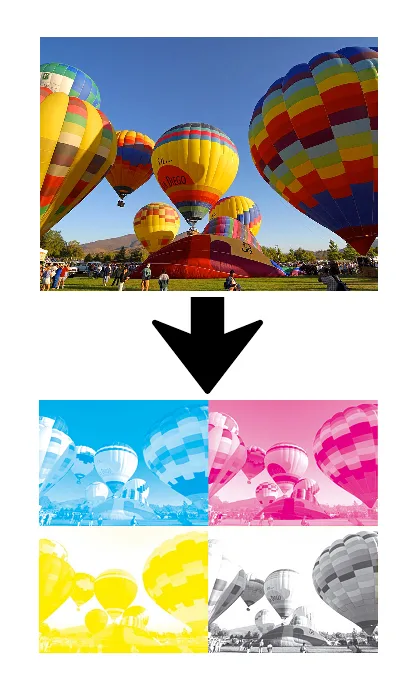
Why Choose CMYK Over Other Color Models?
Have you ever pondered why CMYK triumphs over RGB, the standard for digital displays, or Pantone, the pinnacle of precise shades? Let’s unravel the distinction between RGB and CMYK: RGB crafts colors by layering light, perfect for glowing screens but impractical for ink on paper. CMYK, on the other hand, operates on a subtractive principle, mimicking how ink absorbs and reflects light on physical surfaces.
While Pantone excels in nailing exact tones for iconic logos, it often carries a heftier price tag and lacks the adaptability required for vibrant, full-spectrum projects. The benefits of CMYK in printing truly stand out, offering a cost-effective solution, a sweeping range of hues, and seamless integration with most printing technologies. For extensive packaging needs, such as corrugated boxes, CMYK strikes a harmonious balance between stunning quality and manageable costs.

Moreover, CMYK’s prowess extends beyond mere affordability. Its adaptability shines when considering color perception under varying lighting conditions, ensuring that packaging designs remain consistent whether viewed under fluorescent glare or natural sunlight. Innovations in ink formulations, like UV-curable and water-based options, have further broadened CMYK’s scope, allowing it to imprint on diverse materials from plastics to metals. This versatility, coupled with automated color correction systems in modern printing, guarantees remarkable accuracy and consistency, even in high-volume runs.
Additionally, the rise of digital trends, such as personalized packaging, underscores CMYK’s flexibility. With digital printing, quick design tweaks and bespoke messages blend effortlessly into the CMYK process, making it a top pick for brands embracing modern marketing tactics.
Furthermore, in industries bound by strict regulations like pharmaceuticals and food, CMYK’s reliable color reproduction aids in meeting legal standards. As sustainability becomes a priority, advancements in managing ink waste through recycling also enhance CMYK’s appeal, aligning with eco-conscious values. Truly, CMYK is not just a choice—it’s a strategic ally in the art of printing.
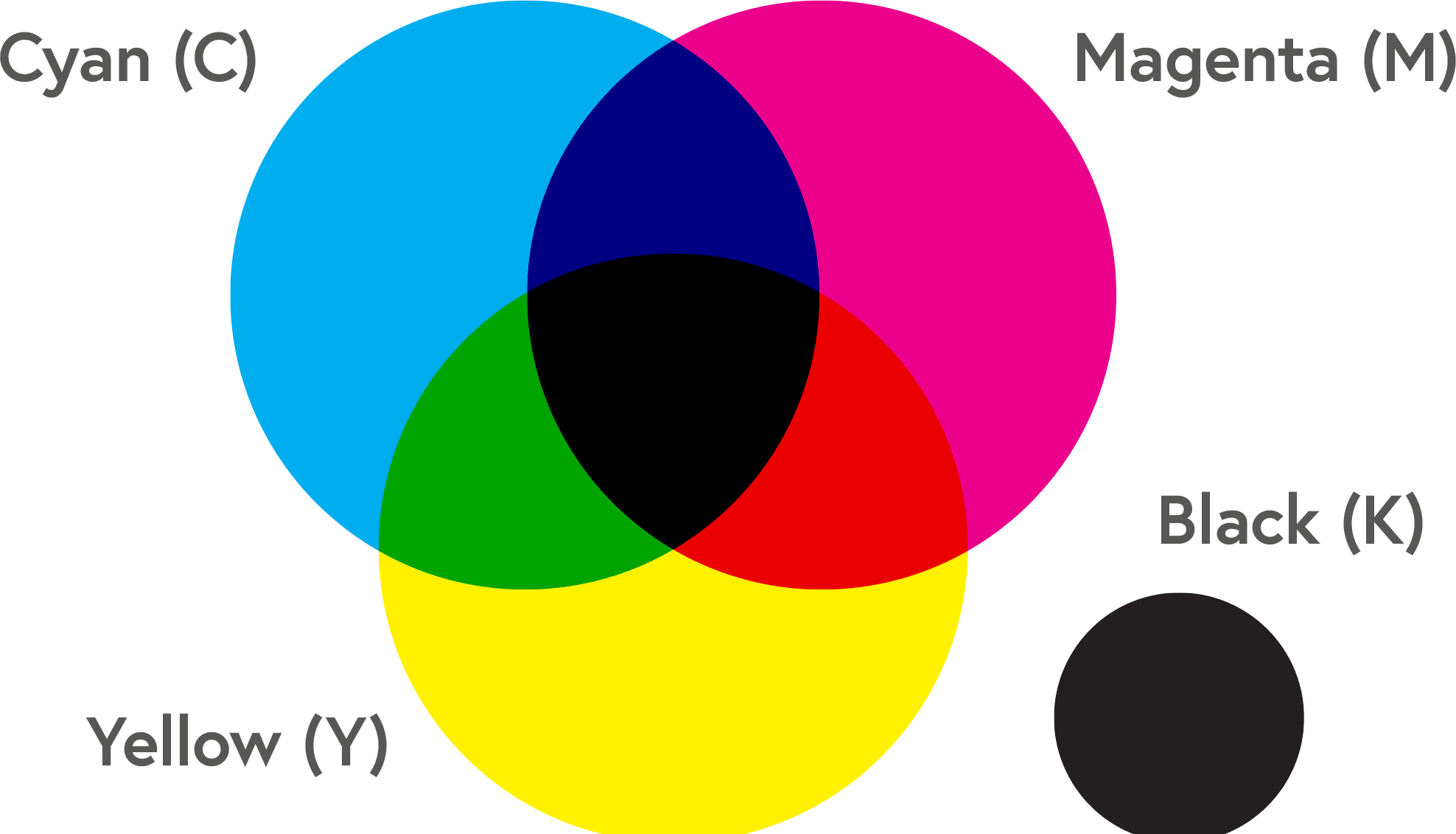
What Challenges Might You Face with CMYK Printing?
CMYK printing, while widely used, comes with its fair share of obstacles. A primary concern is its restricted color gamut, which struggles to capture the vividness of certain RGB hues like neon greens or bright blues, often resulting in prints that feel disappointingly flat. This happens because CMYK’s subtractive process absorbs light, narrowing the spectrum of colors it can reproduce. To avoid such letdowns, it’s wise to switch to CMYK mode early in your design workflow, allowing you to tweak colors before they hit the press.
Another challenge lies in how materials and finishes can alter color perception. Glossy surfaces, for instance, tend to amplify vibrancy with their sleek shine, while matte finishes might dull the same shade, creating discrepancies across items like rigid boxes or labels. Then, there’s the hurdle of maintaining color uniformity across various printers or facilities, as differences in settings, ink mixes, or paper types can skew results. Thankfully, using standardized ICC profiles and calibrating equipment can help bridge these gaps.
Moreover, converting RGB designs to CMYK often sparks unexpected color shifts, a frustrating snag for many designers. Tools like Adobe Photoshop’s “Proof Setup” feature can be a lifesaver, offering previews and warnings to adjust hues before printing. On a brighter note, cutting-edge digital printers are narrowing the RGB-CMYK divide with enhanced ink precision and broader gamuts, ensuring truer, punchier colors. By staying proactive with previews and embracing tech innovations, you can sidestep many of these pitfalls and keep your vision intact from screen to shelf.
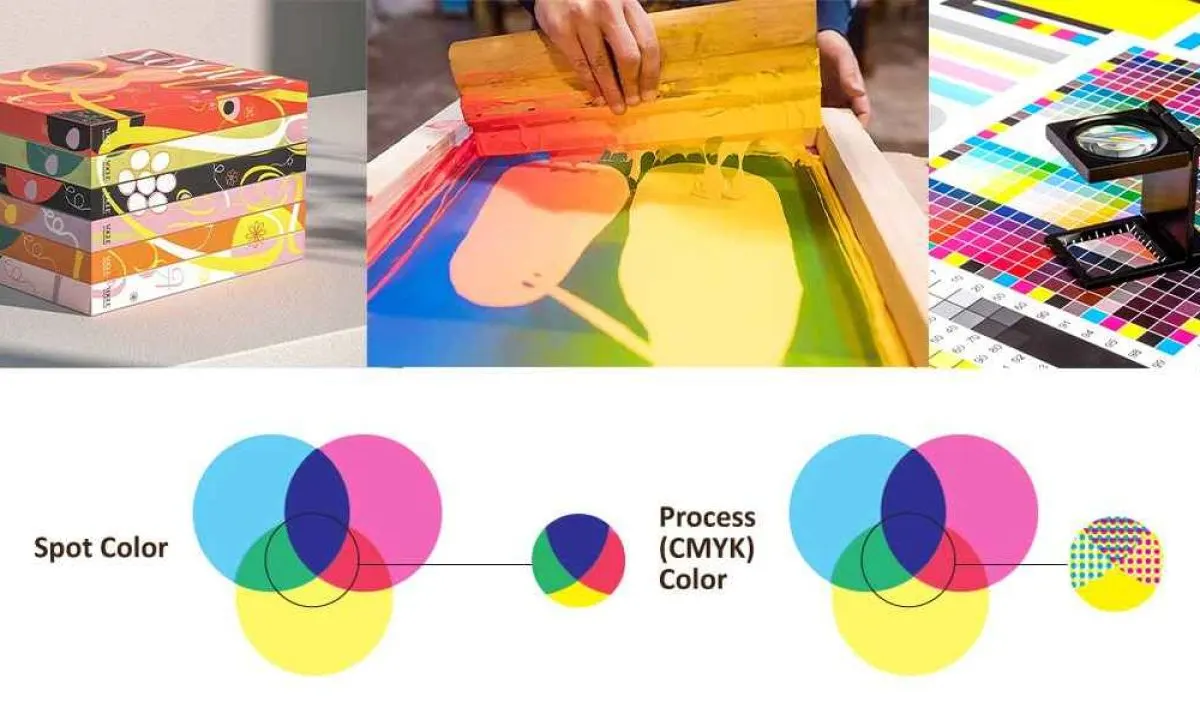
How Does CMYK Fit Into Packaging Design?
In the world of packaging, CMYK emerges as a powerful ally for creating eye-catching designs on rigid boxes and corrugated boxes. It excels in delivering full-colour artwork, such as intricate patterns or vivid, realistic imagery on retail packaging. Picture a delectable food box—through meticulous print colour separation, the visuals become utterly tempting.

To achieve perfection consistently, consider the material in play; denser substrates might absorb ink unevenly, subtly altering the hue. Furthermore, pairing a spot colour, like a precisely chosen Pantone shade, with CMYK can ensure a logo’s tone remains spot-on. Renowned firms are leveraging advanced AI-driven colour management tools to predict and adjust for variations across materials, ensuring vibrant consistency.
Beyond aesthetics, sustainability is shaping the future of packaging with CMYK printing. Opting for recycled or biodegradable materials not only reduces environmental impact but also aligns with consumer expectations, maintaining visual allure through precise printing techniques. Additionally, for corrugated boxes, innovative ink formulations and pre-treatments enhance adhesion and durability, keeping designs striking even after rough handling. Meanwhile, integrating variable data printing with CMYK allows for personalised touches—think unique names or messages on each package—boosting engagement and brand loyalty.
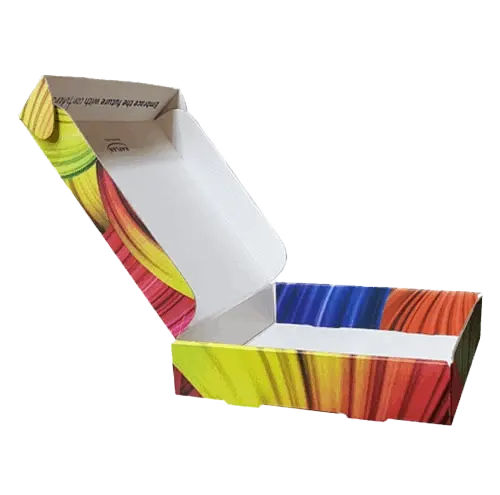
Colour perception also plays a pivotal role in packaging allure. Research highlights that bold, vibrant shades, skilfully crafted with CMYK, can captivate consumers and influence their choices. To maintain such quality in high-volume production, automated systems with cameras and sensors monitor colour accuracy in real-time, slashing manual checks.
Moreover, experimenting with innovative substrates like bioplastics demands tailored inks and methods, yet opens doors to sustainable, standout designs. Therefore, by blending cutting-edge tech and eco-conscious choices, CMYK remains indispensable in packaging artistry.
Handy Tips for Mastering CMYK in Packaging
- Begin with CMYK for Seamless Results: Dive straight into CMYK mode during the design phase to dodge unexpected colour shifts and ensure a smooth transition from screen to print. This foundational step sets the stage for accuracy.
- Validate on the Target Surface: Request a test print on the exact material, be it cardboard or plastic, to witness the true colour outcome. Each substrate interacts uniquely with ink, so seeing is believing.
- Leverage Soft Proofing Tools: Harness the power of soft proofing software to preview how your design will appear once printed. This digital trick cuts down on physical samples and sharpens your colour precision before the press rolls.
- Craft Material-Specific Colour Profiles: Tailor CMYK settings to match the specific packaging material, as colours can vary wildly between corrugated board and glass. Custom profiles help counter these quirks for consistent brilliance.
- Master Ink Behaviour: Grasp the nuances of ink spread and trapping to predict how colours layer and expand on paper. Using advanced software to simulate these effects can refine your design for flawless results.
- Seek Expert Guidance: Collaborate with seasoned professionals who bring transparent workflows and deep insights to the table. Their expertise can elevate colour fidelity to new heights.
- Pursue Continuous Learning: Enrol in workshops or online courses to deepen your grasp of CMYK intricacies. Staying educated on colour shifts and software tools keeps your skills sharp and designs spot-on.
- Incorporate Consumer Insights: Draw on market feedback to fine-tune colour choices that resonate with your audience. Understanding preferences through surveys can guide your palette for maximum appeal.
- Blend with Digital Finishes: Explore how CMYK printing pairs with techniques like embossing or foil stamping to boost visual impact. Knowing how inks interact with these finishes ensures a striking and functional end product.
- Stay Compliant with Regulations: For industries like food or pharmaceuticals, adhere to strict colour accuracy standards. Familiarity with regulations ensures your packaging meets legal benchmarks without a hitch.
- Adopt Eco-Friendly Inks: Embrace sustainable CMYK inks crafted from biodegradable materials to align with green goals. This shift not only reduces environmental impact but also appeals to eco-conscious consumers.
By weaving together these strategies, from starting in CMYK to embracing sustainability, you can master the art of packaging design. Each tip builds on the next, ensuring vibrant, compliant, and market-ready results.
Addressing Bigger Worries About Color Consistency
Beyond the surface-level concerns, packaging buyers often grapple with more profound anxieties. What if your corrugated boxes appear strikingly different in Europe compared to Asia due to variations in printer calibration? How do you protect your brand’s identity when even a subtle shift in shade can confuse customers? These nagging doubts often lurk behind the fundamental question of CMYK’s role in printing.
The solution lies in embracing standardization through precise color matching profiles and pre-production proofs. By partnering with a trusted expert like C MIC Packaging, you ensure compliance with global digital printing standards, such as ISO 12647, while benefiting from tailored adjustments to minimize discrepancies. Moreover, their commitment to timely delivery ensures that color refinements never compromise your schedule.
Diving deeper, achieving color harmony across regions demands robust collaboration within the supply chain. Engaging designers, printers, and material suppliers in a unified approach, supported by real-time technology platforms for sharing color proofs, can significantly reduce mismatches.
Additionally, advancements in spectrophotometry now allow for meticulous color measurement under diverse lighting conditions, ensuring consistency even on niche materials. This technical precision, paired with an understanding of consumer psychology—where consistent hues foster trust and recognition—elevates a brand’s reliability in the eyes of its audience.
Furthermore, as high-speed printing becomes the norm for large-scale packaging, automated color correction systems offer a lifeline. These innovations adjust ink flows dynamically, maintaining uniformity without sacrificing pace. Meanwhile, for businesses navigating multiple markets, aligning with regulatory color labeling requirements adds another layer of complexity.
Yet, balancing compliance with consistency is achievable through strategic planning and eco-friendly practices, like using sustainable inks, to lessen environmental impact. Ultimately, with tools like virtual reality for color previews, the industry is evolving to tackle these challenges head-on, ensuring your packaging speaks a unified visual language worldwide.
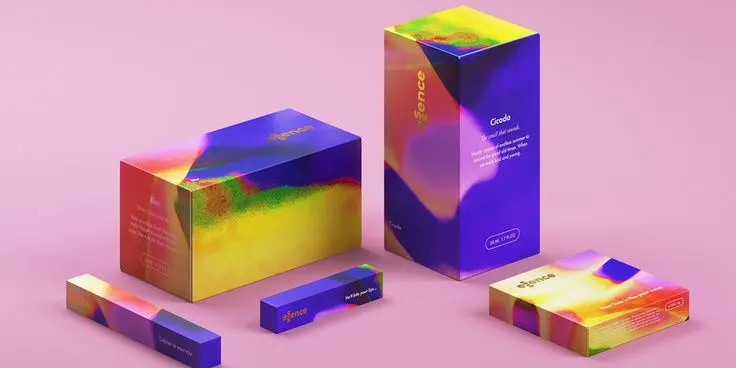
Conclusion: Make Your Packaging Colors Pop
Getting a grip on the CMYK color model is your ticket to jaw-dropping, consistent packaging. From understanding how CMYK works in printing to mastering the difference between RGB and CMYK, you’re now armed to sidestep traps and unlock the advantages of CMYK in print.
Whether it’s a striking design for rigid boxes or a functional vibe for corrugated boxes, this insight ensures your ideas leap from concept to reality flawlessly. Ready to elevate your packaging game? Connect with C MIC Packaging for expert advice and tailored solutions. Let’s transform your color dreams into shelf-ready wonders with unbeatable quality and precision. Your brand is meant to shine—drop us a line today to get started!


